The competition for Apple's spatial computing crown is heating up, and Samsung's latest entry might just force Cupertino to rethink its premium strategy. Lightweight alternatives are proving that impressive AR experiences do not require the bulk or premium pricing that Apple embraced with the Vision Pro. The twist is not just cheaper rivals, it is a reimagining of what spatial computing should be.
Research indicates that global smart glasses shipments surged by approximately 110% in the first half of 2025, a signal that everyday, practical wearable AR is what buyers are actually grabbing.
Samsung's strategic challenge to Apple's dominance
Samsung's Galaxy XR is a calculated bid to carve out share from Apple's premium perch, and the spec sheet reads like a company ready to go toe to toe with Cupertino. Samsung recently launched its Galaxy XR headset to directly challenge the Vision Pro, positioning it as the pragmatic alternative to Apple's premium approach. Subtle, it is not.
The display fight shows where each company plants its flag. Samsung's Galaxy XR features micro OLED panels with 3,552×3,840 resolution and 27 million pixels, as reported by Samsung Magazine, outpacing Apple’s Vision Pro with its 23 million pixels. Apple counters with a 120 Hz refresh rate versus Samsung's 90 Hz, so Samsung is betting on pixel density and pin sharp detail while Apple prioritizes smoother motion. Different priorities, different first impressions.
Weight matters for all day use. Samsung's headset weighs approximately 545 grams, according to the same source, which makes it notably lighter than Apple's offering. That is not just comfort, it is a nudge toward devices you can forget you are wearing during a workday.
Processing shows Apple’s vertical integration advantage. Samsung runs Qualcomm's Snapdragon XR2+ Gen 2 with 16 GB of RAM and Android XR, Tom's Guide reports. Apple’s M5 chip objectively outperforms Samsung’s processor in graphics and neural processing capabilities, Samsung Magazine notes. That gap is Apple’s familiar strength, not just faster on paper, but better in real use.
Here is Samsung’s masterstroke, pricing. The Galaxy XR launches at 1,799 dollars compared to Apple’s 3,499 dollar starting price, according to Samsung Magazine. Samsung is wagering that most people want very good spatial computing at an accessible price, not excellent performance at a price that shuts them out. Storage tells the same story: Samsung’s 256 GB versus Apple’s terabyte options points to mainstream usability instead of a laptop replacement play.
Why Xreal's approach might be Apple's blueprint for the future
While Samsung competes inside Apple’s framework at a lower price, Xreal questions the framework itself. Its glasses lean on distributed computing, which could flip the category, the device becomes a window and the ecosystem does the lifting.
The elegance shows up immediately. The Xreal Air 2 Ultra weighs just 83 grams while offering 6 degrees of freedom positional tracking and dual 3D cameras for real time environment mapping, Glass Almanac reports. At roughly the weight of prescription frames, the glasses deliver a 52 degree field of view with 1080p per eye at 120 Hz and 500 nits brightness, according to the same source.
The real trick is Xreal's X1 chip. The Xreal One series moves spatial computing forward with built in 3DOF tracking via the custom X1, which lets virtual screens stay anchored in space regardless of head movement, MRTV explains. The effect is different from wearing a display, it feels like a monitor that lives in your room.
The One Pro follows the same idea with a 57 degree field of view and 700 nits, priced at 650 dollars versus the standard One at 500, PC Mag details. The larger point, MRTV emphasizes, is how the X1 chip turns any connected device into a spatial computing platform without standalone processing, which taps into the compute you already carry.
This distributed model could be the next phase of the smartphone ecosystem itself. Instead of building isolated platforms, smart glasses can extend the devices people already rely on, the way watches complemented phones.
The smart glasses market explosion signals changing user preferences
Follow the shipments. Global smart glasses volumes jumped about 110 percent year over year in the first half of 2025, NextMSC reports, and the smart glass market is projected to reach 11.74 billion dollars by 2030 with a 10 percent CAGR from 2024 to 2030. That growth arrives as premium headsets, XR Today notes, generate buzz yet wrestle with bulk and battery limitations.
Look at the range of answers to the same problem. Meta Ray Ban Smart Glasses sell for 299 to 329 dollars and lean into social media and content creation, Modibo Tech explains. Enterprise picks such as Vuzix Smart Glasses start at 799 dollars for industrial tasks, while entertainment focused options like Rokid Max offer 215 inch virtual screens for around 439 dollars, according to the same source.
That spread, from 299 dollars to more than 3,499, shows a market fragmenting by use case, not converging on a single right device. Rapid shipment growth suggests people are buying where AR has obvious value, social connectivity, work productivity, entertainment upgrades, not waiting for a do it all unicorn.
Lightweight options are winning because wearability beats raw capability for most users. Early VR was about chasing specs. This wave is about comfort and living with the thing.
What Apple should learn from the competition
The market’s drift hints that Apple’s spatial strategy needs a reset. Vision Pro is dazzling, yet rival momentum points to user wants that Apple has not fully solved.
Consider the framework Xreal founder Xu Chi describes, three forms of smart glasses, Apple’s extreme future direction, Meta’s lightweight approach without spatial computing, and a balanced middle ground that Xreal pursues, Moomoo reports. Apple may have sprinted ahead of where most people are right now.
Devices like the Xreal One, which turns any connected device into a spatial computing platform through its X1 chip, MRTV emphasizes, show that users prize ecosystem integration over standalone horsepower. The 84 gram weight allows all day comfort that the Vision Pro’s 600 to 650 gram range cannot match, XR Today confirms. That is not a minor trade off, it is the difference between a sometimes gadget and a daily tool.
Samsung’s pricing creates another pressure point. At nearly half the Vision Pro’s cost, Samsung courts mainstream buyers while building early presence. In young categories, early share often shapes long term platform power, a lesson Apple mastered in phones but seems to be flirting with forgetting in spatial computing.
Apple’s superpower is elegant hardware that snaps into an ecosystem. Vision Pro has not fully cashed that in. Instead of an isolated premium experience, Apple could build lightweight glasses that amplify iPhone and Mac workflows, a natural extension of tools people already trust.
The path forward is simple to say and hard to ship, prioritize wearability and ecosystem integration over brute force compute. As smart glasses growth accelerates, Apple can lead by making products people want to wear every day, devices that feel like part of their digital life, not special gear for special moments. Competitors have shown the demand is there. The open question is whether Apple adjusts to meet users where they are, right now.







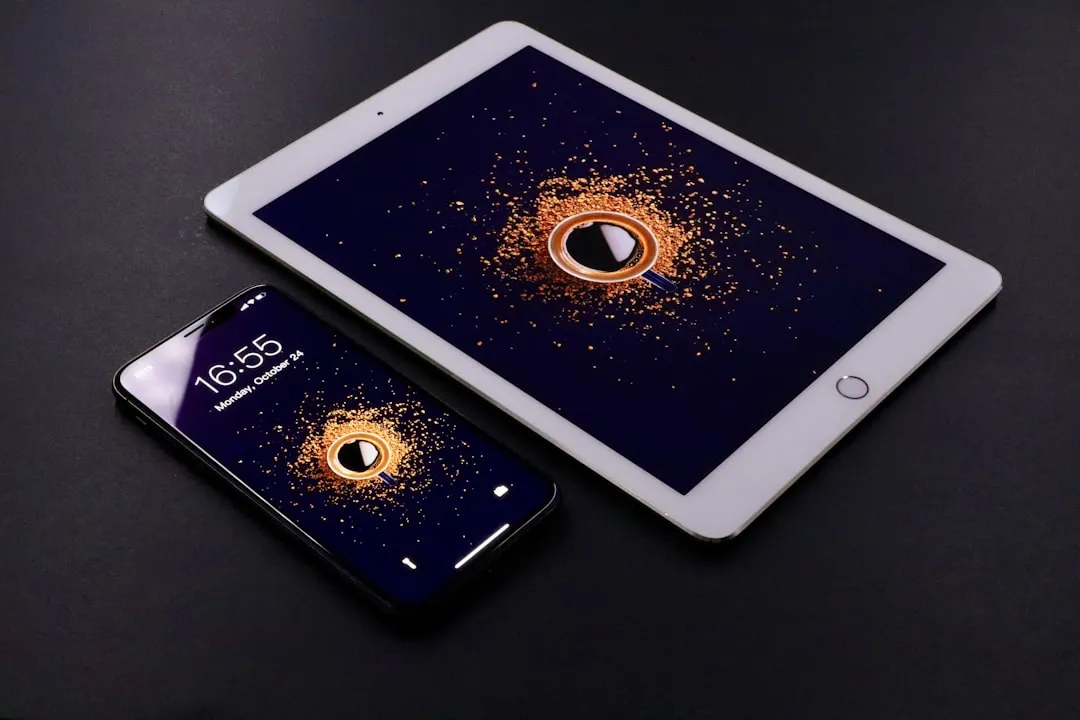
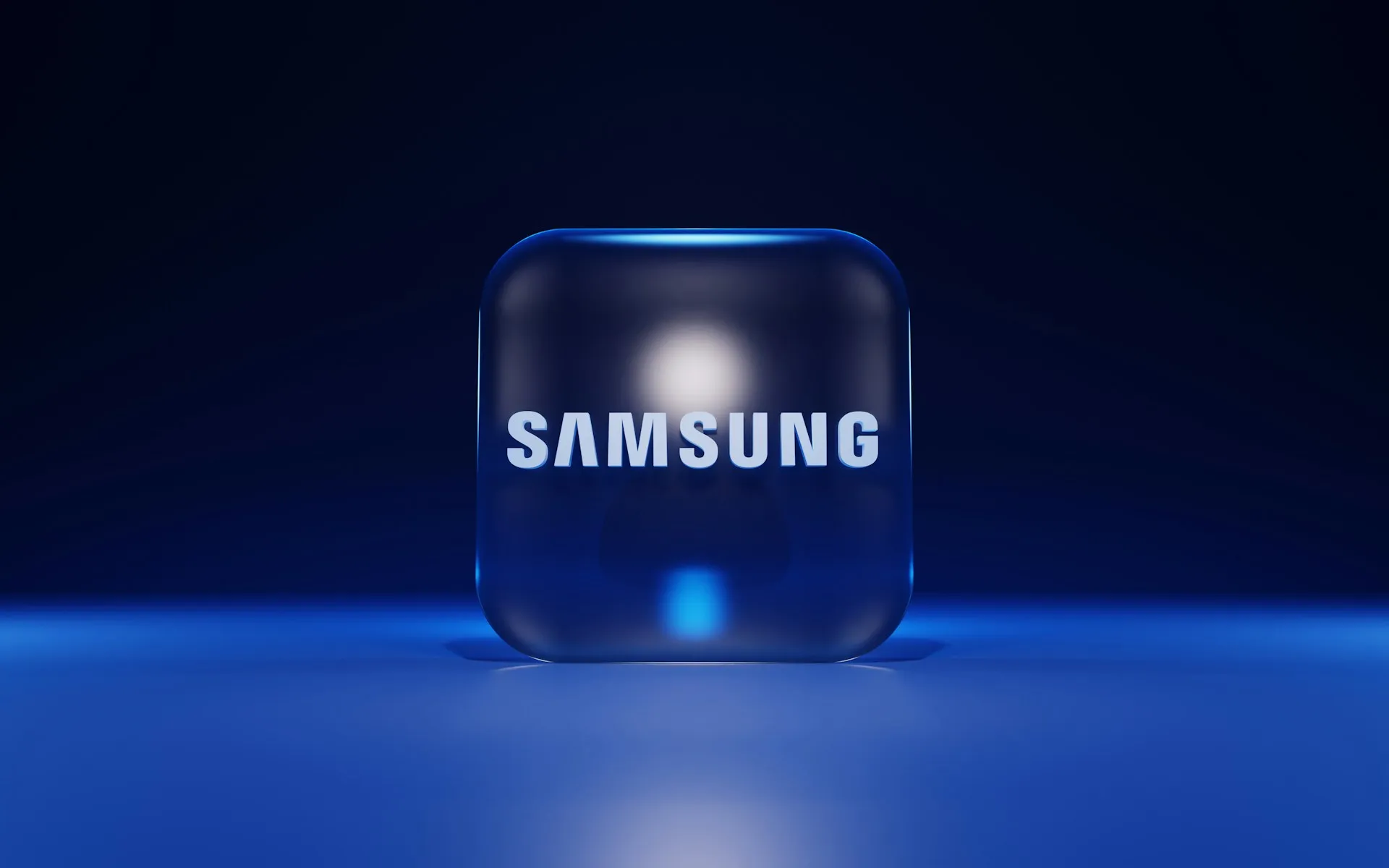

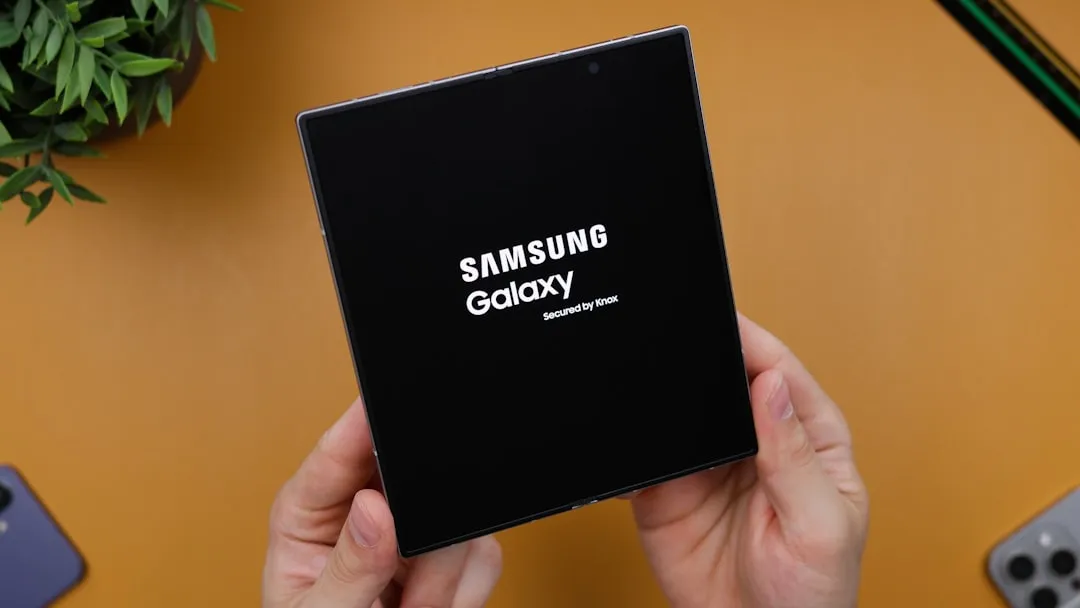



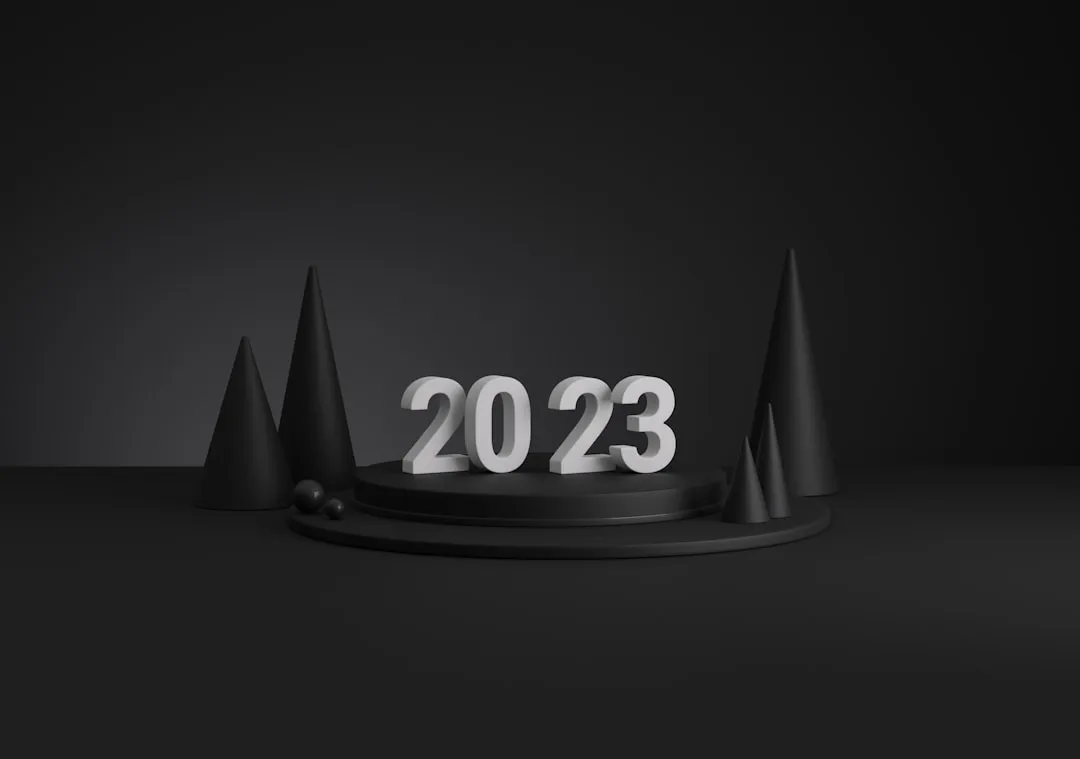
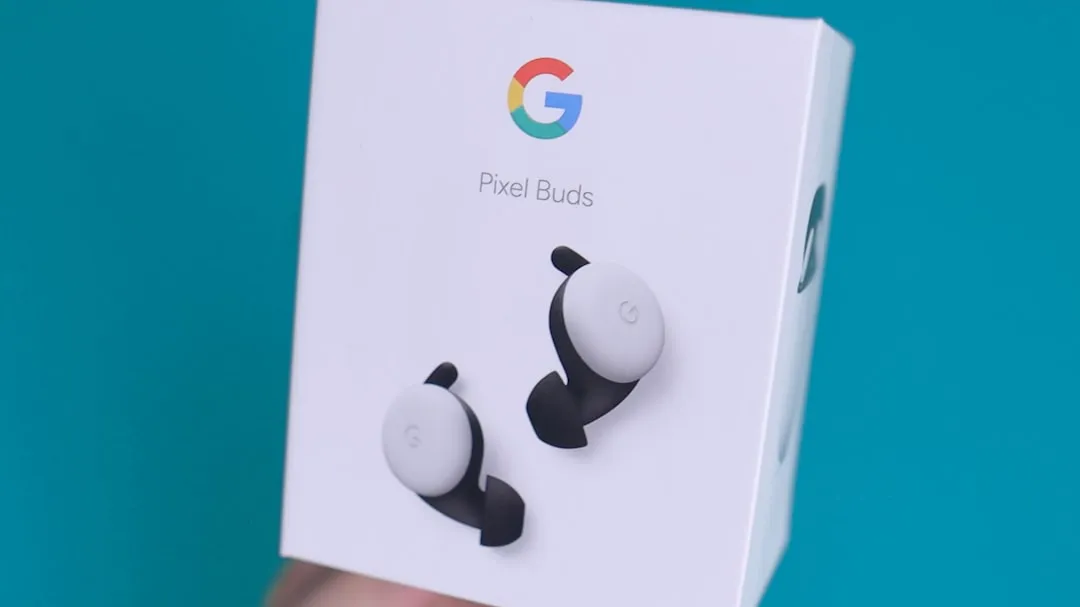

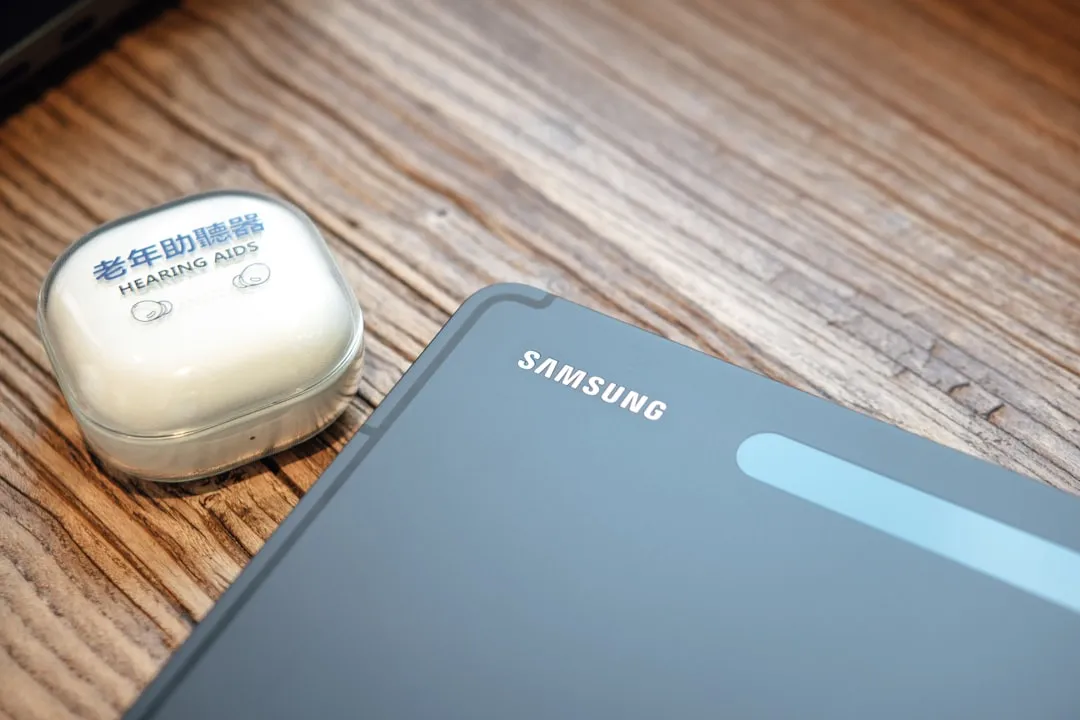

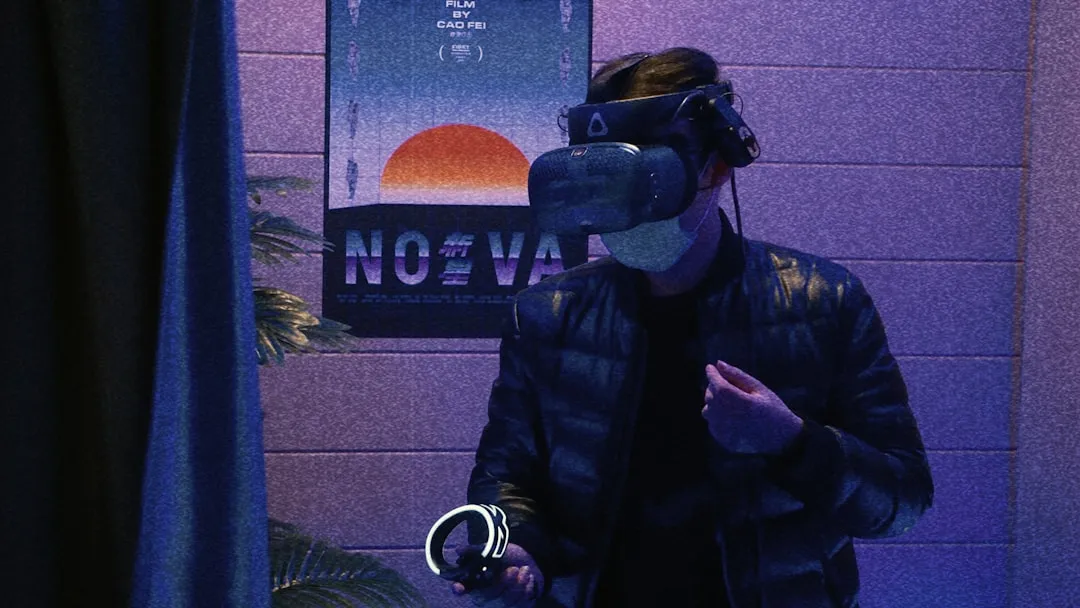
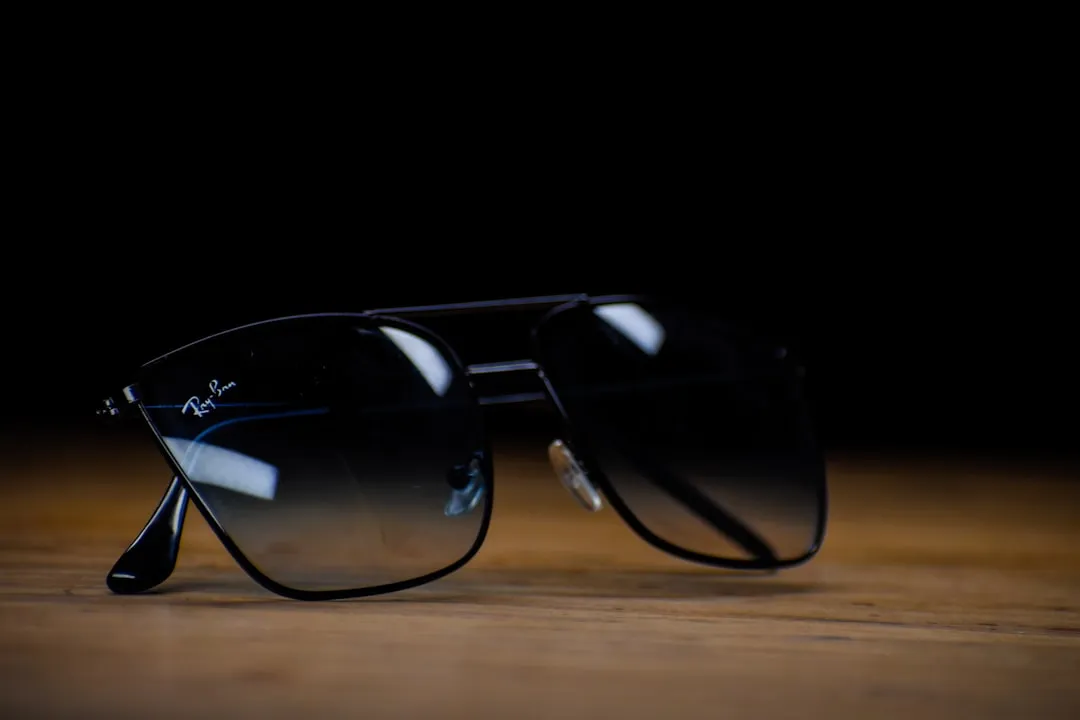
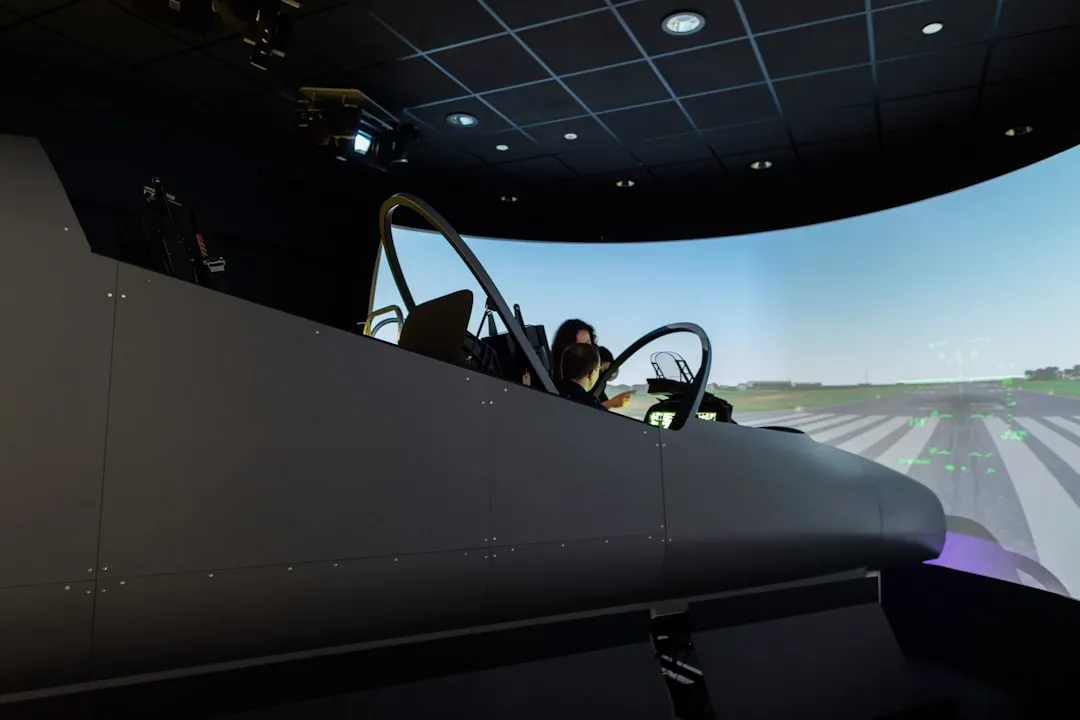


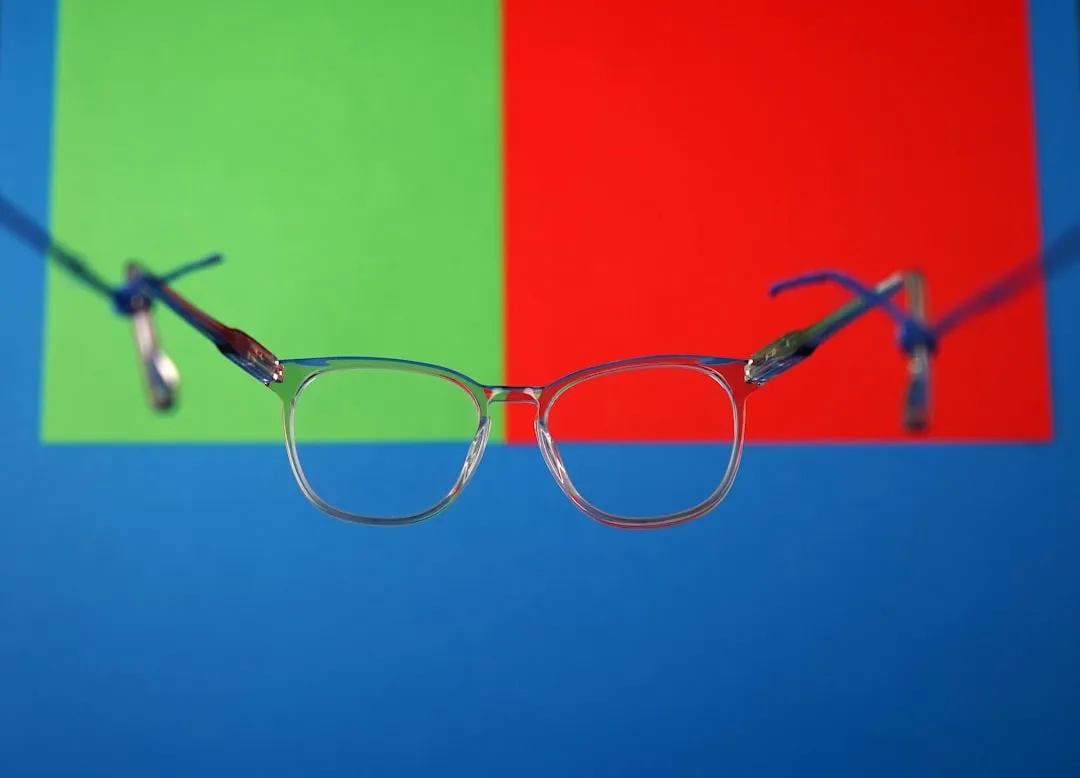


Comments
Be the first, drop a comment!